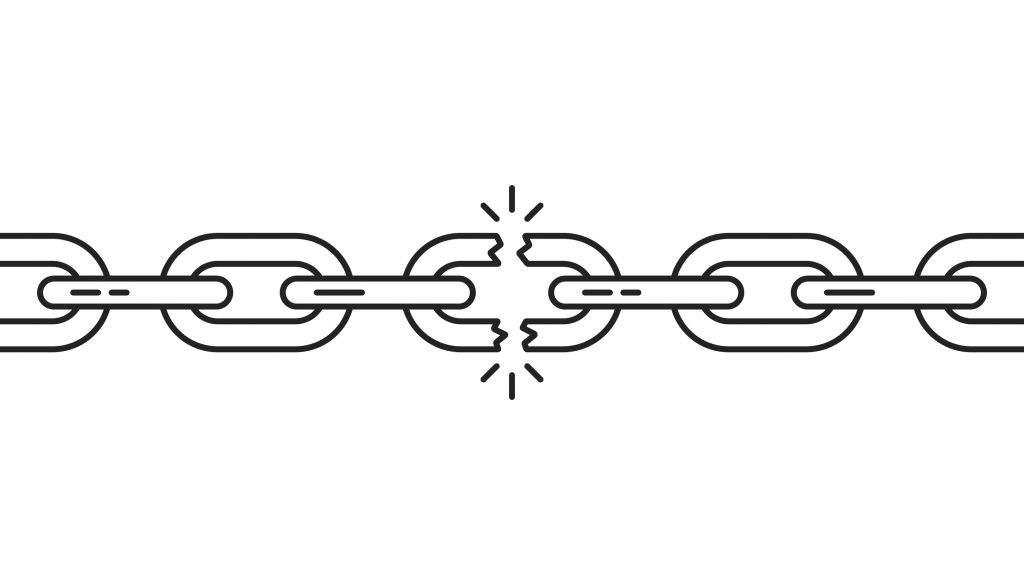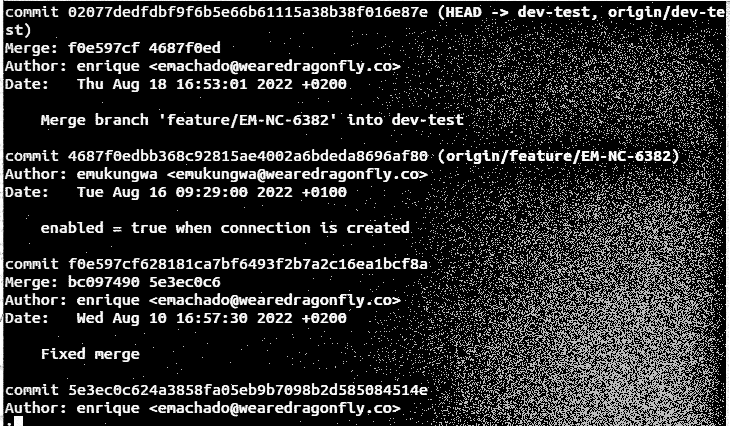Governance Dashboard
The long tail of the pandemic now appears set to continue into 2022, and companies are starting to focus their governance dashboard to be more effective and efficient next year to support business goals and growth. The journey continues for companies towards the new normal, be that 100% remote, or a hybrid working model. The legacy challenges that will remain and their impact are now becoming highly visible. A key challenge now becoming a major concern is governance around technology change.
The Challenges
When any market is in high-growth mode, planning around scalability and command and control are not top of the agenda. Serving customers and growth are the order of the day. But as we all know, light-speed growth comes at a cost of control and focus. Companies are now finding that traditional approaches to IT governance dashboards in the shift towards a digital-first economy are unable to cut the mustard. Governance dashboard are key in many regulated industries such as financial services to clearly demonstrate visibility and control. Specifically traditional IT governance starts to fall down against the new demands of a digital first economy because they:
- Are not tied to business outcomes
- Are overly dependent on a particular process or plan
- Are unable to react to changing business priorities
- Discourage open communication
- Require a large manual overhead and maintenance
Do any of the above ring a bell? This is not about bashing tried and trusted approaches to technology governance, but about recognising continuous evaluation is required to keep pace with the changing face of technology and business.
The three-building blocks of modern technology governance
With the worlds of Dev, Ops and Sec all merging – cross functional teams are starting to come more mainstream. This can lead to over-engineering of new approaches ending up with even longer acronyms. I’m not looking forward to the day where we have to say ‘BizDevTestOpsGov’. Thankfully we are not there yet and the more common-sense approach of ‘keep it simple’ is the way forward.
If we break down what is required to establish an effective and efficient governance for digital transformation, we come to three main points of focus:
- Simplified governance structures –In a high-velocity environment the tendency is to overcomplicate governance structures and reports. Stabilizing a simple repeatable embedded governance dashboard with a focus on good behaviours will deliver better Much like the Toyota approach to quality management, the focus in on repeatable outcomes that take account of changing priorities and business goals. These are behaviourally driven not process driven.
- Set clear goals and principles – Governance dashboard targets are often lost in the noise of business change programmers and neglected until there is a raging fire. By setting clear goals at an organisational and team level backed up with a clear set of guiding principles, organisations can clearly track governance and progress. This enables teams to remain flexible enough to react to changing business priorities, while not neglecting the fundamentals of control and good governance.
- Automating governance dashboard goals, transparency, and accountability– being able to gather highly valuable data from your tool chains by combining data sets and applying machine learning means you are able to identify specific patterns within your data to alert you to issues. With our platform neuro we can automate specific insights to support governance KPI’s – for example: by combining and measuring issue density, length of high priority issue resolution time, state changes and level of code change we can automatically trigger insights from multiple machine learning models as well as automatically generating and scheduling your governance reporting against specific KPIs.
Conclusion
Companies, both large and small, are becoming more complex now more than ever. By focusing on simplifying, using the right technology with a drop of common sense, and using an adequate governance dashboard, oversight can both be agile and effective in the new post COVID-19 age.



